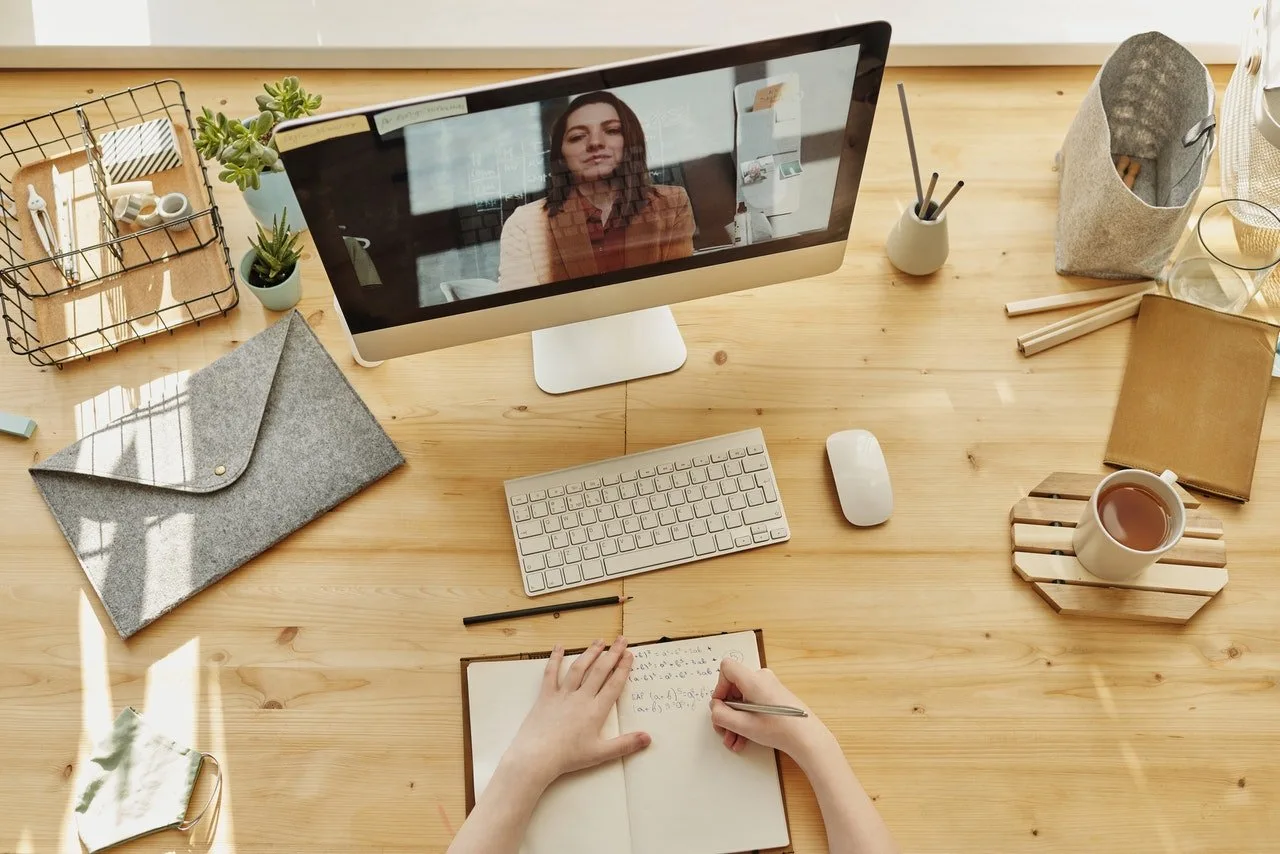Building an online presence in the health industry is more important than ever. In fact, Doctor.com‘s survey found that 63% of patients prefer a healthcare provider with an active social media presence. But how can you do that? The answer is simple: video.
Video content is incredibly effective at capturing people’s attention, especially since it’s so easily digestible. It’s a way to showcase medical expertise and personality while giving people a glimpse into what it’s like working with you. And it’s not just about getting clients—it’s also about building relationships with them!
While some people are born with the knack for making videos that capture attention, others need help getting started. This guide will discuss the creative process of making a professional health profile using video content.
5 Steps to Build Professional Health Profile with Creative Video
1. Identify Your Target Audience and Goals
According to a survey by the American Osteopathic Association, 54% of millennials and 42% of adults want to be friends with or follow their doctor on social media. So, before writing scripts or brainstorming ideas for your video content, take some time to learn about the people watching it.
During this phase of planning, consider the following:
- Who will watch my video?
- What do they already know about my practice?
- What do they want to learn?
- What problems do they have?
- How can I make my health profile more relatable?
These questions might seem simple, but knowing your prospect’s interests and concerns will make it easier to create something that speaks directly to their needs. It will also help you make better content choices down the line.

Photo by Jazmin Quaynor on Unsplash
2. Develop the Concept for Your Video
Once you have a solid understanding of your audience and their needs, it’s time to think about what kind of video will work best. Answering these questions will help guide the planning process: How can I best deliver my message to reach my audience? What kind of video should I create?
There are many video content options for building a professional healthcare profile, including:
- Narrated videos: Ideal for sharing medical knowledge, explaining complex topics or treatments, showing how something works—and anything else that requires talking directly to the audience. They’re also great for sharing research findings or clinical trial results.
- Live videos: An excellent way to connect with viewers, answer questions, and give real-time updates. Live videos can also be used to cover breaking news in medicine or share a first look at new treatments. You can try out Facebook Live with a smartphone or laptop.
- Can’t-miss tips: Designed to help the audience remember key points and get the most out of your content. For example, a podiatrist can create a video for those who want to learn how to treat patients with diabetic foot ulcers and another for those who want to know how to manage wound care in difficult cases.
- Product demo videos: 42% of social media users watch health-related consumer reviews, so help viewers understand how a product works by showing them exactly how it performs in real life. Video demonstrations are a powerful tool for explaining complicated concepts like medical devices or pharmaceuticals—and can even help improve recall of key facts later on.
- Interviews: Talk directly to other experts on topics like clinical practice standards, best practices in healthcare delivery systems, and more. These videos are great for showcasing expertise and providing an opportunity to talk about the issues that matter most to the audience.
3. Write the Script to Communicate Effectively
Unless you’re creating long-form content, it’s best not to use medical jargon. Instead, try using everyday language that people can relate to. For example: “I’m a family physician. I’ve been practicing for more than 15 years and have seen thousands of patients from all walks of life. I specialize in treating people with chronic conditions like high blood pressure, diabetes, and asthma.”
Tell a story about your practice or an issue in healthcare from start to finish in a way that’s easy for someone else to follow. This will help you stay focused during filming so you don’t forget important things—like why people should choose you over other healthcare providers.
It’s also important to acknowledge your prospects’ fears and health concerns. Addressing their anxieties will create trust and build confidence in your practice.
4. Shoot and Record Your Video with Attention to Detail
There are many ways to do this, but we recommend using a DSLR camera with a tripod to ensure that your shots are stable and crisp. When shooting your professional health profile video, think about how you want it to look and feel. Here are some suggestions:
- Use natural light whenever possible. If you don’t want to shoot outside, find a room with plenty of windows or even use lamps for lighting.
- Try not to use too many filters or effects. These can make your video look amateurish and dated.
- Pay attention to the background of your shots. An unkempt room or messy desk is not a good look for anyone, especially for a health professional.
- Wear appropriate attire for the occasion. If you’re going for a clinical look, wear white lab coats or scrubs with comfortable shoes. Try jeans and a button-down shirt with sneakers if you want something more casual.

Ann Rodchua/Shutterstock
5. Find a Good Video Editor
After you’ve shot the footage, it’s time to give your video some professional polish. Fonts and filters are important, but so are pacing and flow. Make sure your videos don’t drag on too long since people nowadays have short attention spans.
Furthermore, ensure that the video conveys the intended message effectively. An online video editor can enhance its visual appeal by incorporating animation, graphics, and sound to help maintain viewer engagement.
A survey of more than 4,000 physicians found that 65% use social media for professional reasons, so you should leverage the power of videos to build a strong online presence and attract clients. You can effectively convey important health-related information and promote your services with the right video content strategy and creative approach.
Who is the author?
Jephonie Villegas is a Bachelor of Science in Nursing graduate and an SEO Specialist for VEED. She has over 10 years of experience in content writing with a strong knowledge of digital technologies. You can connect with her on LinkedIn.
References:
https://www.doctor.com/cxtrends2018#start-report
https://www.aafp.org/news/practice-professional-issues/20180608commsurveys.html
https://www.healthitanswers.net/social-media-likes-healthcare/
https://www.ncbi.nlm.nih.gov/pmc/articles/PMC4103576/ [/vc_column_text][/vc_column][/vc_row]



![women [longevity live]](https://longevitylive.com/wp-content/uploads/2020/01/photo-of-women-walking-down-the-street-1116984-100x100.jpg)










